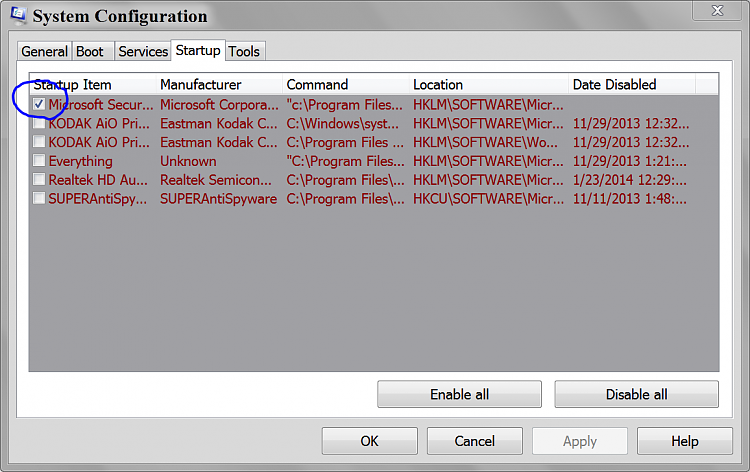New
#1
Higher Ram Usage in Svchost and Updates - way to view service ram?
Ive noticed my ram usage is up more than normal, usage up 400-600MB. (Total 8gb.) This usage came about as some batch of windows updates lately. I have noticed inflated svchost processes. Currently the largest process I have is usage 194MB, and is an svchost. It had been 370MB, but I stopped the superfetch process temporarily, and it dropped over 150MB.
My running processes hardly add up to the 2.3GB being used. How can I see how much ram a service of a process uses? Process explorer and task manager dont show this.


 Quote
Quote
